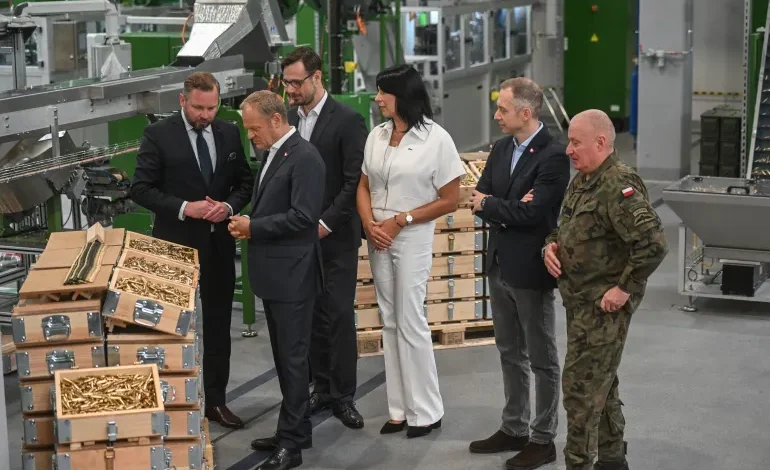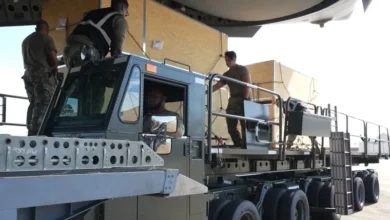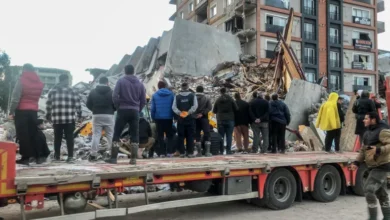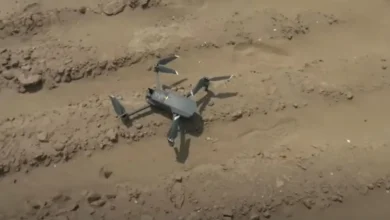Eastern Europe must earn its security in a post-American NATO
Soňa Muzikárová

From the Baltic states to the Black Sea, Central and Eastern European (CEE) governments remain anxious about their security in the face of Russian aggression. Despite NATO’s enduring pledge to Article 5, many officials in countries such as Poland, Lithuania, Estonia and Romania continue to express concern over a potential US shift in focus towards Asia‑Pacific and the Middle East, creating fears of weakening American vigilance in Europe. This anxiety has heightened in light of Russia’s steady military rebuilding and escalating hybrid threats targeting critical infrastructure across the region.
To be clear, President Trump has long criticised NATO members for failing to hit defence spending targets and has even suggested the US might withhold protection from countries that do not meet the 2 percent of GDP target. In response, the June 2025 NATO Summit in The Hague marked a turning point: all member states agreed to raise combined defence and related spending to 5 percent of GDP by 2035, including 3.5 percent for core military capabilities and 1.5 percent for broader security measures such as logistics, cyber resilience and support for Ukraine, which was viewed as an “ironclad” commitment to NATO Article 5 and a pledge of continued backing for Ukraine.Moreover, tensions over US-EU burden sharing remain, as shown recently when, during a meeting with NATO Secretary-General Mark Rutte, Trump announced that the US would send Patriot air defence systems to Europe “for Ukraine” but insisted that European allies foot the bill by donating the interceptor missiles themselves.
The breakdown in diplomatic decorum with European partners has been on display for a while, notably during the March Signalgate incident in which Trump’s Defence Secretary Pete Hegseth called Europe “pathetic” and suggested European NATO states were “freeloading”, and during the infamous February diplomatic debacle when Ukraine’s President Volodymyr Zelenskyy was publicly humiliated during a joint White House news conference with Trump.
Yet despite the turbulence, CEE capitals cannot afford the luxury of disengagement from the second Trump administration. Indeed, the volatility reinforces the need for these states to remain actively engaged and push for better outcomes. This is for several reasons.
First, the US military presence has long served as the cornerstone of regional deterrence against Russian expansionism. Even as Washington’s commitment to European security appears uncertain, CEE’s security architecture has been fundamentally anchored in US guarantees since the end of the Cold War. The traumatic historical experience of Western abandonment during critical 20th-century junctures, such as the 1938 Munich Agreement, when Czechoslovakia was handed over to Nazi Germany by Western powers, has left a deep-seated awareness that diplomatic decoupling from Washington often correlates with heightened vulnerability along NATO’s eastern flank. This is why Poland and the Baltic states (Latvia, Lithuania, Estonia) have for years hosted US troops and air defence systems, alongside NATO battlegroups. NATO’s eastern flank countries have routinely cautioned that if Putin succeeds in Ukraine, “they are next.”
This concern is particularly acute in light of the Trump administration’s active push to broker a flash ceasefire deal between Russia and Ukraine, reportedly involving territorial concessions to Moscow. President Trump has made clear he wants to be remembered as “a peacemaker and unifier”, a theme he emphasised again in his second inaugural address. His advisers have floated frameworks that would freeze the conflict along current front lines, potentially recognise Russian control over Crimea and parts of Donbas, and block Ukraine’s NATO aspirations. But Ukrainians are not seeking peace at any price, nor should the Europeans. Any deal that cedes Ukrainian territory or is seen as legitimising Russian aggression risks emboldening the Kremlin, weakening NATO’s credibility and undermining Europe’s long-term security architecture.










